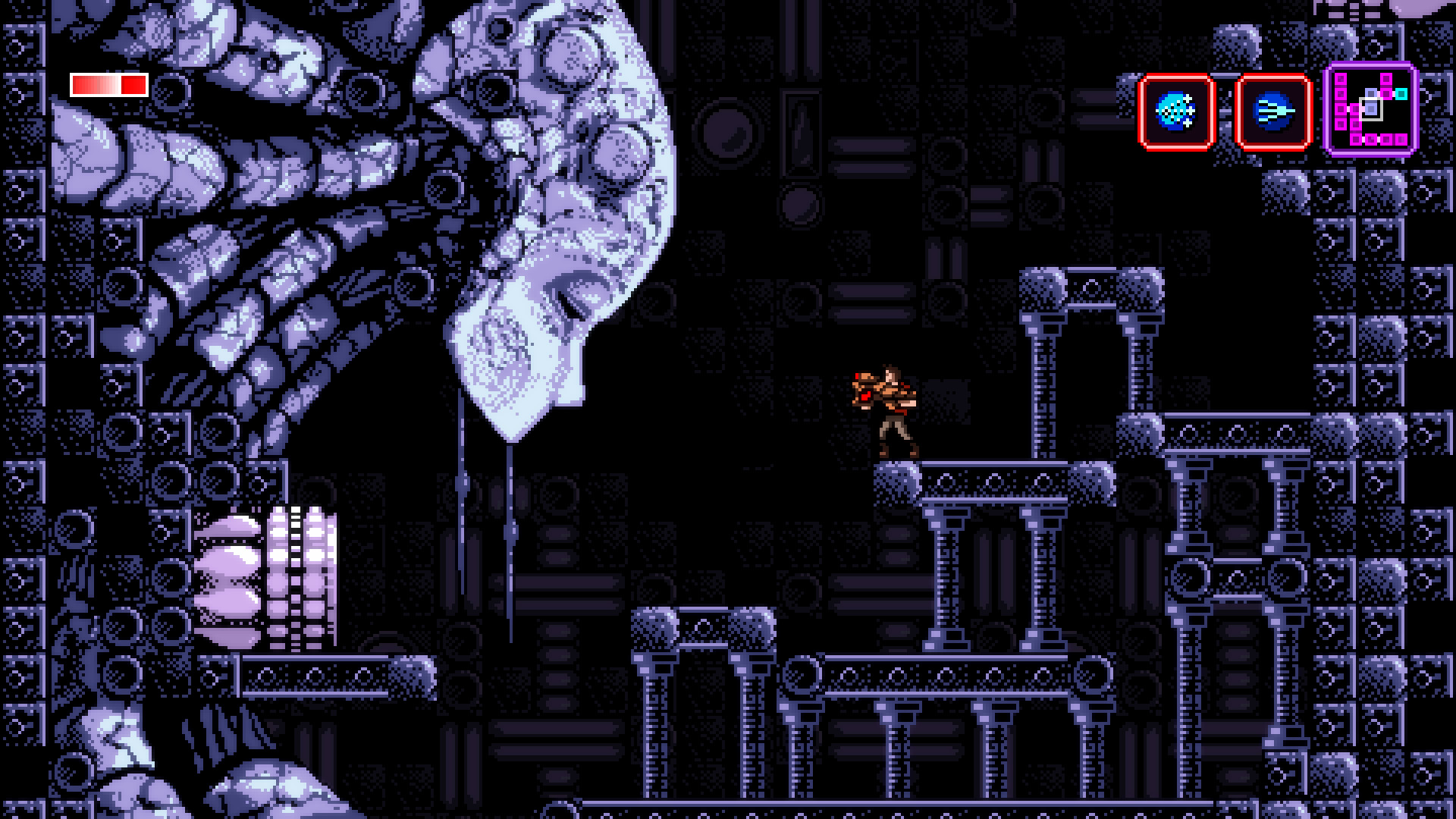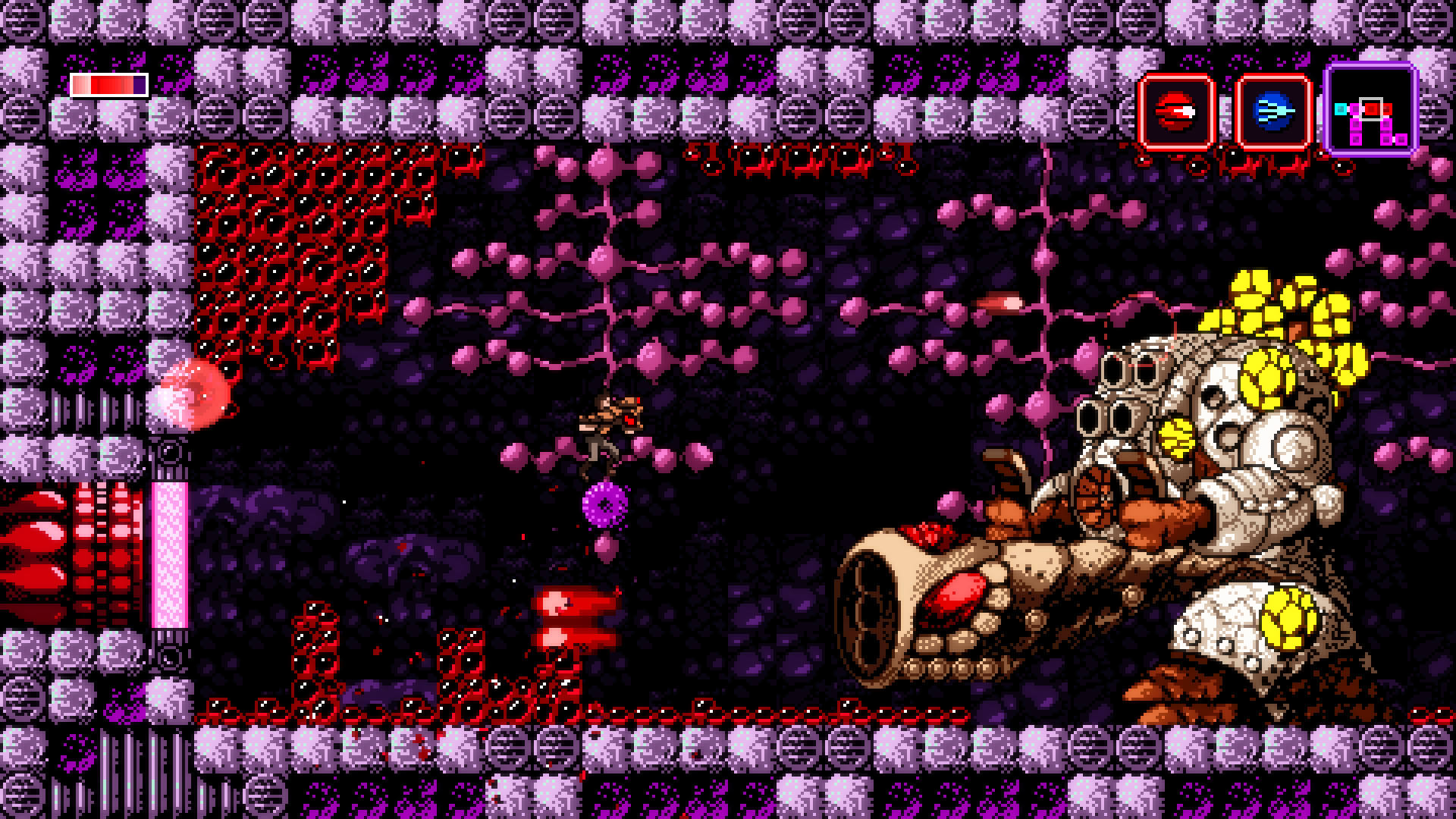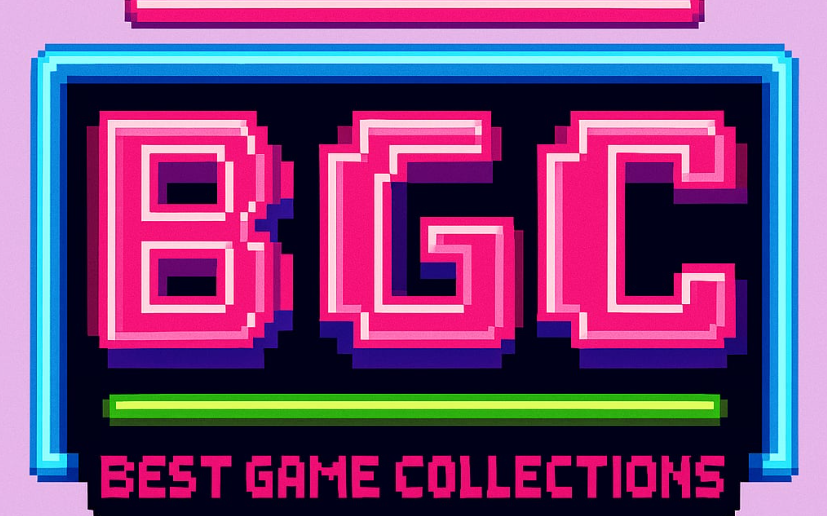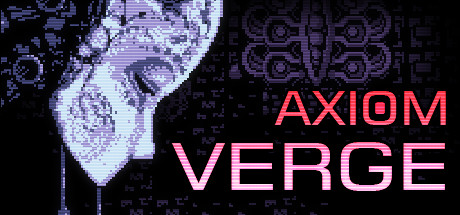Introduction
First off, Axiom Verge (by Thomas Happ Games, released May 14, 2015) is basically a love note to classic Metroid-style adventures. To begin with, you step into the shoes of Trace, a scientist who wakes up in a vast alien maze that feels part real world, part virtual nightmare. Beyond that, you get a cool set of strange weapons and glitch powers that let you warp the environment in unexpected ways. All together, this game gives you an exciting, old-school ride that’s won over a lot of players.
Story and Setting
Next, the plot unfolds bit by bit through what you find in the world—clues in the environment, mysterious logs, and surreal boss fights. As a result, you might wonder: is this place real, a future wasteland, or just some VR experiment gone wrong? Just like the classic Metroid games, Axiom Verge trusts you to piece together the story yourself. In fact, as you pick up new powers, you unlock rooms that hint at why Trace is tied to an ancient conflict. Ultimately, the low-key storytelling really pays off if you’re the kind of player who loves to poke around and revisit old areas.

Gameplay Mechanics
-
Exploration & Map Design
-
To start, there’s a huge, connected world filled with hidden paths.
-
Although the auto-map works fine, you might feel a bit lost when you’re backtracking through long stretches.
Weapons & Abilities
-
From the basic Drill to glitch guns, every tool has its own role in puzzles and fights.
-
Plus, the glitch power—letting you corrupt enemies or slip through walls—gives the game its own twist.
Combat & Difficulty
-
The controls feel tight, and bosses hit that sweet spot between fair and challenging.
-
Keep in mind, some fights can seem tough if you haven’t farmed enough upgrades.
Collectibles & Completionism
-
There are hidden health boosts, weapon add-ons, lore crystals, and achievements.
-
If you love 100% completion, you’ll have plenty to keep you busy.
-
Visual and Audio Design
Meanwhile, the pixel art here is top-notch—think 16-bit classics with neon glitch effects that match the tech theme. Each area—from clean labs to bio-mechanical cathedrals—has its own look and hazards. On top of that, Thomas Happ’s synth-driven soundtrack really sets the mood, and many players rank it as one of the best indie game scores around.

User Reviews and Community Feedback
-
Moving on, let’s look at how players have reacted:
-
Recent Reviews: Very Positive (83% of 31)
-
All-Time Reviews: Very Positive (90% of 5,336)
Here’s what players love about Axiom Verge:
-
Tight, rewarding exploration. In particular, many praise how every hidden path feels meaningful.
-
Fresh glitch mechanics. For instance, corrupting enemies or warping walls keeps the action feeling new.
-
Moody atmosphere. Plus, the blend of eerie visuals and haunting sounds really draws you in.
-
Amazing soundtrack. Meanwhile, Thomas Happ’s synth score is often called the game’s standout feature.
That said, here are the common gripes:
-
Map can be hard to follow at times. As a result, you might find yourself retracing steps more than you’d like.
-
A bit of repetitive backtracking. In other words, some sections feel like you’re going over the same ground.
-
Story can feel too mysterious. Ultimately, if you prefer straightforward narratives, you might find the lore a bit elusive.
-
Comparison with Similar Titles
-
Vs. Metroid (NES/SNES): Shares Metroid’s big, lonely levels but adds environmental corruption as a new puzzle twist.
-
Vs. Hollow Knight: Hollow Knight leans on fluid platforming and hand-drawn art, while Axiom Verge focuses more on weapon variety and retro pixel style.
-
Vs. Ori and the Blind Forest: Ori brings emotional storytelling and smooth movement. Axiom Verge, by contrast, offers a cryptic plot and gun-based combat.
-
Vs. Guacamelee!: Guacamelee! mixes in humor and colorful luchador action, whereas Axiom Verge keeps things bleaker and more methodical.
Conclusion
For fans of classic Metroidvania experiences, Axiom Verge stands as one of the genre’s standout indie successes. Its ambitious glitch mechanics, sprawling map, and haunting audiovisual design secure its place alongside genre fixtures. While occasional backtracking and cryptic narrative beats may deter some, the overwhelmingly positive community response—reflected in a 90% all-time rating—demonstrates that Trace’s journey through an otherworldly labyrinth remains a must-play for completionists and retro aficionados alike.

